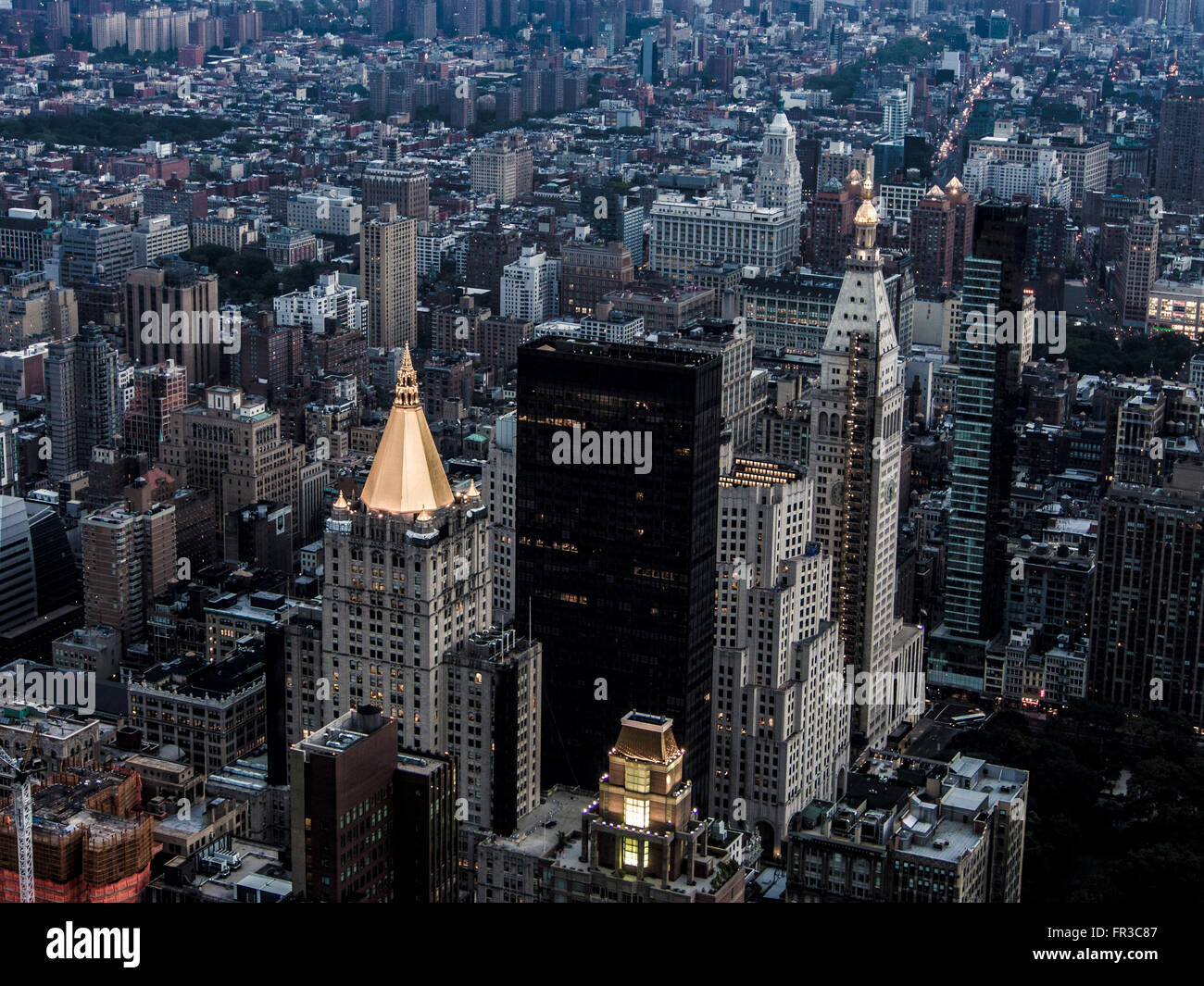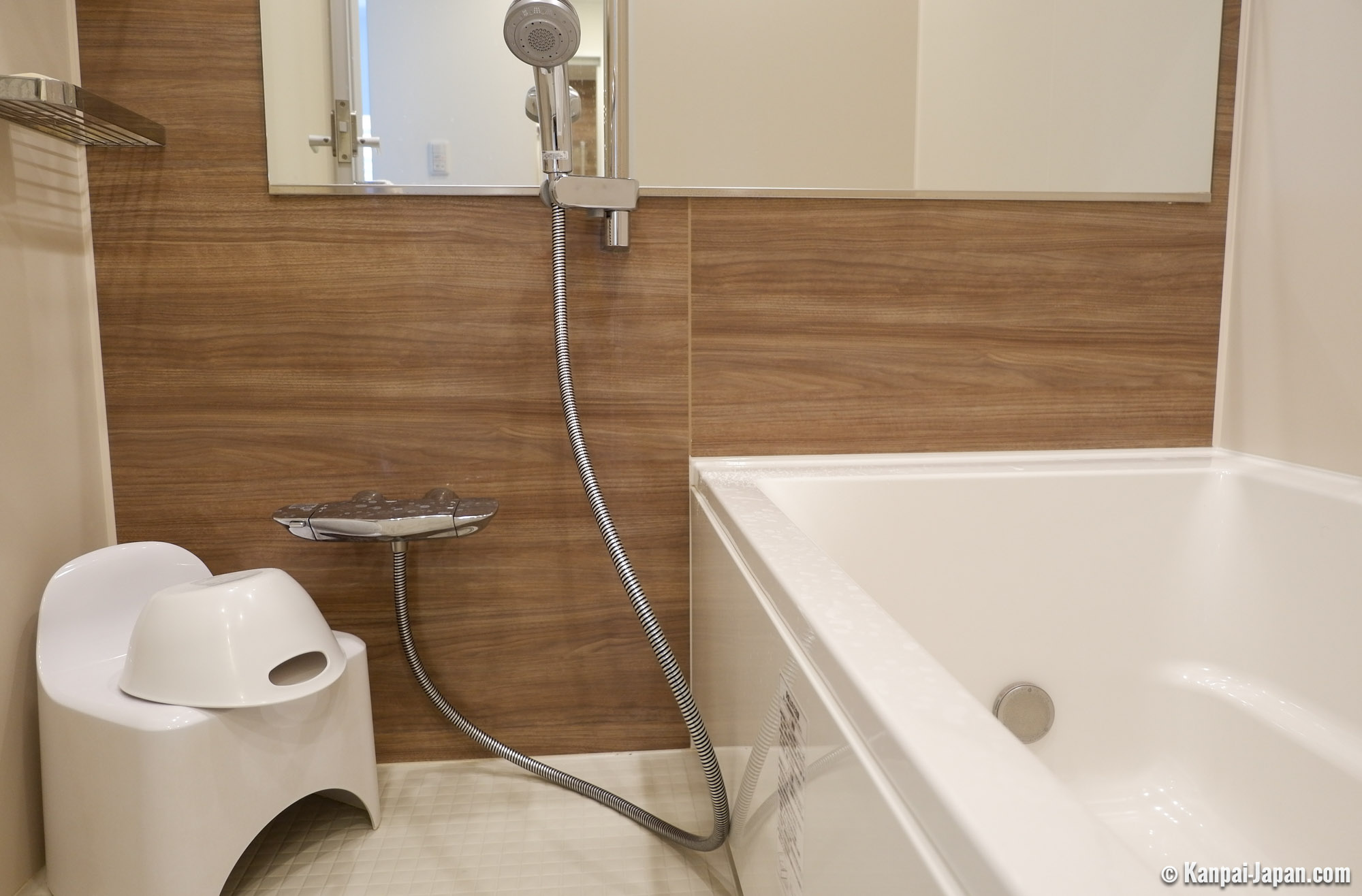Table of Content
June 5, 1644, the court records show, “he was fined for strikig Thomas Dunham 3s 4d.” At the same time Dunham, for challenging Jenney to fight him and coming to his bed to do it, was fined 10s. Six years ago he was chosen to represent America before the world’s congress of architects at Madrid, and because it was in Spain he sat down and learned to write and speak in Spanish before starting. You can see that the Home Insurance Center was the beginning of a new era- The skyscrapers. The material on this site can not be reproduced, distributed, transmitted, cached or otherwise used, except with prior written permission of Answers.

He was told to provide the maximum number of small offices above the second floor. He saw at a glance that neither brick nor stone would carry the load per unit of section. Architects often had built iron columns into masonry piers where the load was exceptionally great, and Mr. Jenney had done the same thing in the Fletcher & Sharo building at Indianapolis. The material solution of the problem was to make this construction general, and inclose an iron column within each of the small masonry piers, thus satisfying the three requirements—small piers, strong and fireproof.
Famous quotes containing the words home, insurance and/or building:
It is necessary to tell all this, however, so that the man and his methods may be understood. He did not put a man on foundations and keep him building them all his life, assign another to plumbing and make him stick to it, another to steel and keep him there. Every man had a chance to learn all there was to be learned—if he knew it—and he turned out architects who not only took up his work but improved upon and added to it, at which he rejoiced. In plan, Jenney lined both the 138′ frontage on La Salle and the 96′ Adams Street front with single-loaded offices.
If he liked a student in his office or a draftsman he would stop his work and spend an hour or two teaching, instructing, explaining. He was a naturak teacher, able to impart his own knowledge to others, and his success in this line is evinced by the fact that scores of men who now are at the head of the architectural profession in America were trained under him. Yet, except among architects and builders, he was little known in Chicago. Possibly he was as well known in Berlin, London, Vienna, Paris—in any great city—as he was in his own. Architects and builders from all over the world came to him to learn—and were taught.
What Do You Think Is The Significance Of The Home Insurance Building In Chicago?
It was one of the earliest buildings to use an iron frame skeleton and the tallest to ever do so at the time, rising to ten stories; with an additional two stories added. It was the first multistory building in the United States to largely use iron in its exterior to support the masonry since Badger had constructed similar grain elevators between 1860 and 1862. The status of the Home Insurance Building as the first skyscraper had been accorded by the time of its centennial in 1985. William LeBaron Jenney, a Chicago architect, designed the first skyscraper in 1884. Nine stories high, the Home Life Insurance Building was the first structure whose entire weight, including the exterior walls, was supported on an iron frame. But it would not be for another 14 years, when the Equitable Life Assurance Building was constructed in Manhattan that a skyscraper contained all the characteristics of a modern skyscraper, including central heating, elevators, and pressurized plumbing.
As of this writing, the home insurance building in Chicago is still standing. However, it is unknown how much longer it will remain standing, as it is in a state of disrepair. The building has been vacant for many years, and it is unclear if there are any plans to renovate or demolish it. There is no one answer to this question as different home insurance policies have different coverage levels and therefore are made of different materials. Some home insurance policies may only cover the bare minimum, while others may offer comprehensive coverage. Steel-girder construction was introduced to Chicago in the late nineteenth century as a result of William Le Baron Jenney’s 10-story Home Insurance Company Building (1884–1955).
Building on Difficult Ground
It had 10 stories and rose to a height of 138 ft (42.1 m); two additional floors were added in 1891, bring the total to 12 floors, an unprecedent height at the time. He trained and taught many of the great architects and builders of America, was professor of architecture of the Unbiversity of Michigan—and died a comparatively poor man. Unlike a true skeleton frame, Jenney did not insert an iron spandrel beam at each floor that should have spanned between the columns that would have connected the column sections into a rigid framework. Instead, to support the windows and masonry spandrels between the piers, Jenney detailed four-inch deep, hollow cast-iron lintel pans, that were also filled with concrete like the columns. Note that these were not one, continuous iron member that spanned the entire distance between the piers but were comprised of two halves that each spanned only the distance between a column’s shelf bracket and the intermediate cast iron mullion. The iron pans were not mechanically connected to either of their iron vertical supports, but simply sat on the concrete filling of the lintel pan below it.

The project was initiated by developer Edward C. Waller, who had been a close friend of Daniel Burnham’s ever since the two of them had traveled to Nevada in search of silver in 1869. While Burnham had chosen the path of architecture as an adult, Waller had gravitated to real estate development and had gained a reputation as a major player in downtown properties. Waller had assembled the lots on the northeast corner of Adams and La Salle, opposite the “temporary” city hall or “Rookery” during 1883 for the British-owned insurance company to erect a new office building. The company apparently had initiated a design competition in February 1884 for a building adjacent to the Calumet Building and diagonally opposite from the Insurance Exchange.
Was The Home Insurance Building The First Skyscraper?
Mr. Baggot will have the Rialto Building, and it will be ready for him to commence on as soon as he gets through with the Home, and it will be very nearly as large and as fine a job. Mr. George B. Whitney was superintendent of construction under Architect Jenney, and no other civil engineer was ever more zealous and efficient. When the Home Insurance Building in Chicago was completed in 1884, it was the world’s tallest building at 138 feet .

Although the Ditherington Flax Mill, also a fireproof-metal-framed building, was built earlier, it was only five stories tall. Immediately on completion of the Home Insurance building the Rookery was started, Burnham & Root, architects. The Rookery, however, claims the honor of being the first to use the steel foundations.
Visiting architects flocked to Jenney’s office and, so far from projecting his idea, he gave over forty sets of blue prints of the building. The soil being compressible, it was necessary to use great care in calculating the dead loads and the actual live loads that would obtain in order to secure as near as practicable absolute uniformity of load per square foot on the clay throughout the entire building. Jenney was a dreamer who did thingsl a man who built castles in the air as an architect, and, turning practical builder, did them in steel and stone.
The fact that some of these elements existed in a rather primitive state, and the framework did not conform to our modern ideals of rigidity, should not be allowed to effect our judgement of a courageous and credible undertaking. We fare, therefore, in complete accord in recognizing the Home Insurance building as the first tall structure of metal skeleton construction. While architects, engineers, building experts and material men pick away at its sturdy old frame, examine every nook and cranny, take notes and collect bits of its body, what is possibly one of the most significant buildings In the world is fast disappearing from the sight of man. This is the famous old Home Insurance building at the northeast corner of Adams and La Salle streets, which wreckers are now engaged in reducing to a memory. The columns in the Home Insurance building were cast iron, The riveted columns of plates and angles and others were at that time thought too expensive. It was in this building that the first Bessemer steel beams were used.
A beautiful feature of the great general offices and the landings leading thereto is the equipment of ornamented glass, and throughout the building the doors and transoms have been treated in a similar artistic and finished manner. This work represents the well-known Western Sand Blast Company, northwest corner of Clinton and Jackson streets, Mr. Edwin Lee Brown President, a manufactory that is the recognized headquarters for fine execution in this line, the firm making a particular feature of glass signs and sand blast and embossed glass. In the mantels and fire-places is represented the Butler Company, Michigan avenue and Adams street. They supplied the tiles, not only of the hearths, but for all the floors of the vaults.
The French engineer in charge was a dandy, always scrupulously dressed, and one day, while he was attired in white, a big sow knocked him over. In his anger he declared he would not remain in that place and, putting Jenney in charge, he left. It was during his years of life in the Latin quarter that he introduced pumpkin pie into Paris. Busque had a little café in the Rue St. Pierre, where the students gathered, and where Jenney was one of the leading spirits.
Flatiron Building
The hollow iron columns, filled with concrete, were surrounded with brick that at times was as thick as twelve inches, creating a solid cross section in the building’s exterior piers. The Home Insurance Building in 1885 was the world’s first modern skyscraper. The structure was supported by a revolutionary steel frame, allowing for increased height and stability. After the building was demolished in 1931 to make way for the Field Building, the structure stood for nearly a century. The Jenney’s Home Insurance Building, which was built in 1885, is located in New York City.


No comments:
Post a Comment